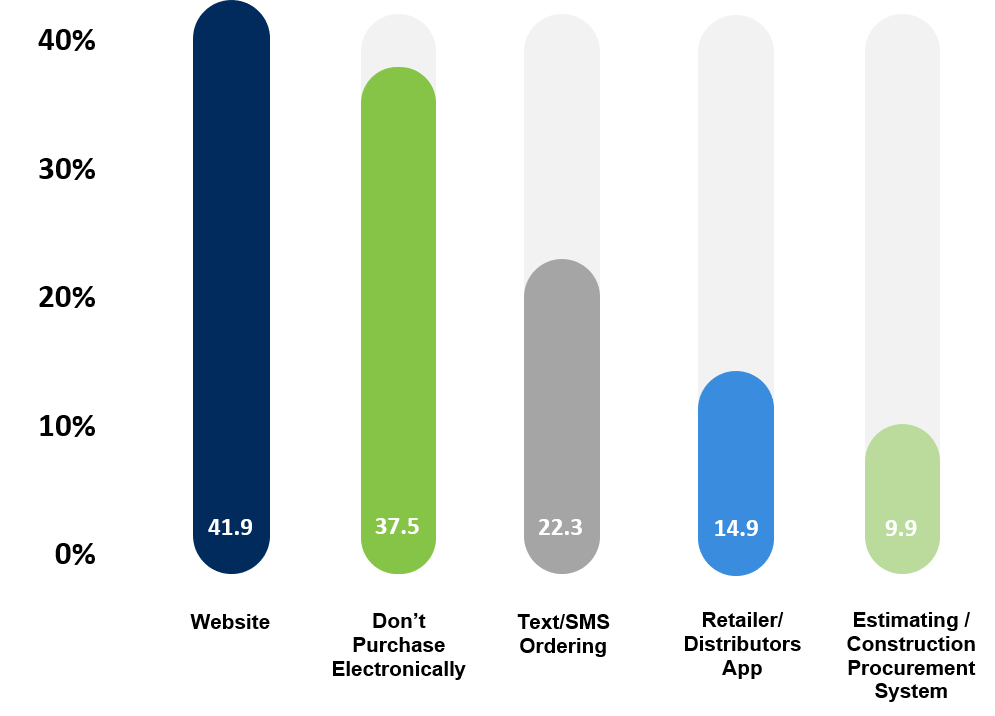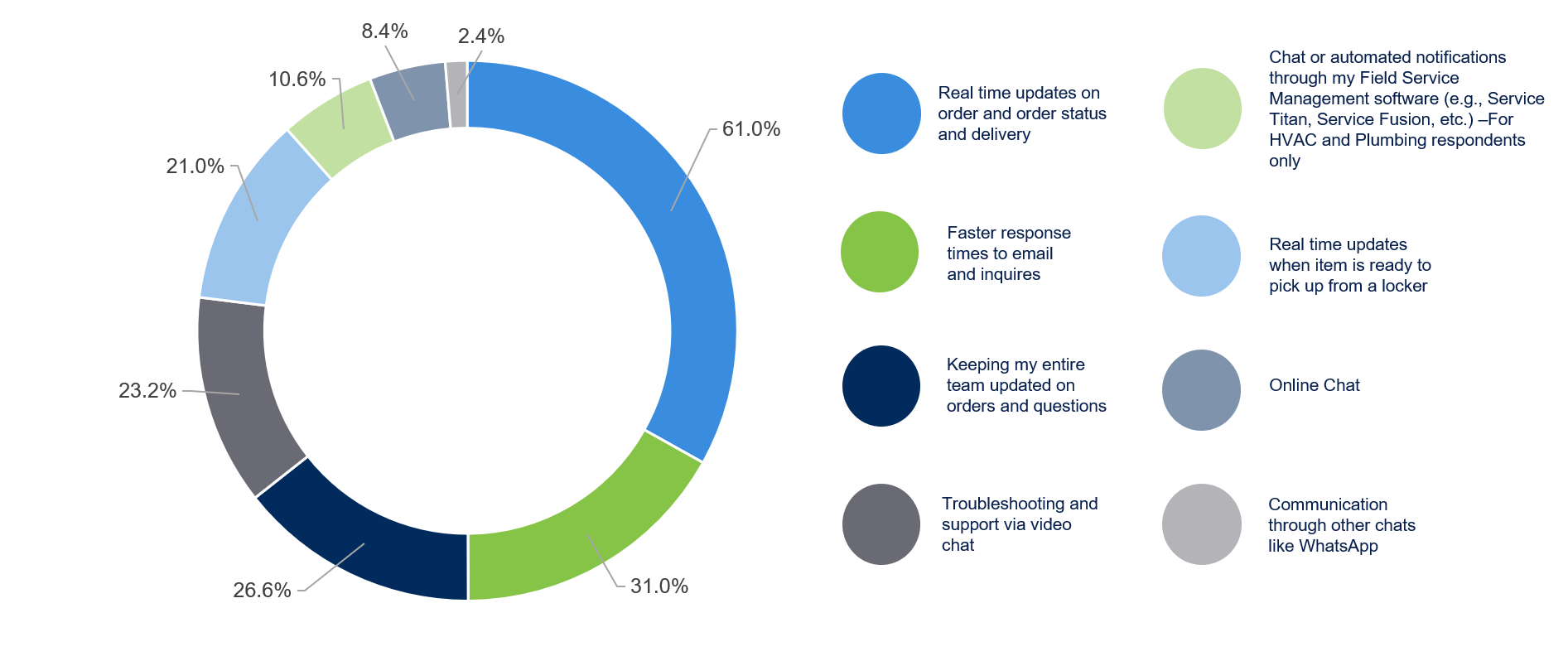E-commerce is amazing. Recently, I left my Amazon Fire TV stick at a friend’s house, some 1,000 miles away. They could ship it to me, but I wouldn’t be getting it any time soon. So, I went onto Amazon and saw that I could order another one and receive it that night. By 8 p.m., I had a brand-new Fire TV stick.
To be able to order things on demand and have them delivered to your door that same day is incredible. Like a lot of the existing e-commerce experience, my guess is this same-day shipping will be something we’ll all take for granted three or four years from now (perhaps with little drones flying across the skies dropping packages in all of our front yards).
Now, the point here isn’t to point out how efficient Amazon is. If you’re a distributor, you’re already quite aware of what you’re up against. But these kinds of experiences should hammer home the importance of building a robust e-commerce platform in particular, and an omnichannel strategy in general, in a way that maximizes efficiency within your channel ecosystem.
E-commerce value-adds: What the data tells us
Recently we completed a study of contractors across various industries that was designed to give us a better idea of what these customers are looking for from their suppliers. While we uncovered a number of valuable insights, one key element looked at the benefits that contractors seek from the entire distribution ecosystem, including how they currently use distributor websites and what they’d like to see more of in terms of omnichannel offerings.

What we found was that, for starters, roughly 64% of contractors currently use some form of omnichannel e-commerce tool to make purchases. These tools include things like distributor websites, text message ordering and channel partner apps. In addition, these contractors utilize distributor websites for a variety of purposes, the most common of which are:
- seeking price information or estimating purposes
- placing orders
- product research

Lastly, when asked what they would like to see more of from distributor sites, all of the top contractor responses involved either more sophisticated communication and support or better real-time updates. This suggests that these two components should be a consistent focus for distributors when it comes to adding multi-channel value to their ecosystem at large.

State of the industry
Reasons for lagging e-commerce adoption vary depending on distributor size and industry, but some potential roadblocks include cost, lack of product data and a lack of software personnel. These are all very real challenges to be sure, but when viewed through the lens of Amazon Business’ nearly 150% growth over the last two years, the slow adoption rate of sophisticated digital distribution strategies may suggest a more serious underlying issue in the industry, namely an inability to adapt to changing tides in customer preferences.
With all that being said, a few key takeaways here are:
- Contractor customers are increasingly looking to leverage a distribution ecosystem that offers omnichannel services
- As these contractors continue to find value through multiple channels, they will likely find more reasons to use them — and expect more from them
- A growing number of distributors are seeing the need to offer some sort of e-commerce experience to their customers, although the overall adoption rate continues to be slow relative to demand
- Distributors’ digital ecosystems will likely need to expand beyond basic e-commerce functions to meet the expectations of contractors in 2021 and beyond
Ultimately, there are several ways for distributors to add value to their traditional market strategy through e-commerce and omnichannel services. Their customers have made it clear that this is the direction things are heading. But although this digital transformation may seem daunting to those who have just begun to dip their toes in, the important thing to remember is that all these next-gen tactics reflect a need for greater convenience and customization. While the Goliaths like Amazon may currently have the upper hand in the former, smaller, more nimble distributors have an opportunity to add value through the latter because of their deeper knowledge of their customers and their ability to personalize their approach. The transition won’t be easy, but then again, big change rarely is.
Lincoln Smith has more than 20 years of experience designing performance incentive programs for manufacturers, distributors and service partners to help drive share-of-wallet spend, build loyalty and increase engagement. His expertise is in incentive strategy, loyalty program design & consulting, integrated marketing, promotion & gamification design, experiential event design, and global channel marketing. Smith is a certified Incentive Professional (IP) by the Incentive Marketing Association (IMA) and serves on the Incentive & Engagement Solutions Providers (IESP) Board. Prior to joining HMI Performance Incentives, he worked as a strategist for Agency.com helping organizations transition to digital business models. Reach him on LinkedIn.
Related Posts
-
With increasing threats by digital giants and other channel disruptors, value-creating distributor-manufacturer partnerships are more…
-
The seasonally adjusted Fastener Distributor Index (FDI) for March was 66, down only slightly from…
-
Miami-based Watsco has added Acme Refrigeration, whose 2020 revenues were $60 million, to its portfolio.






